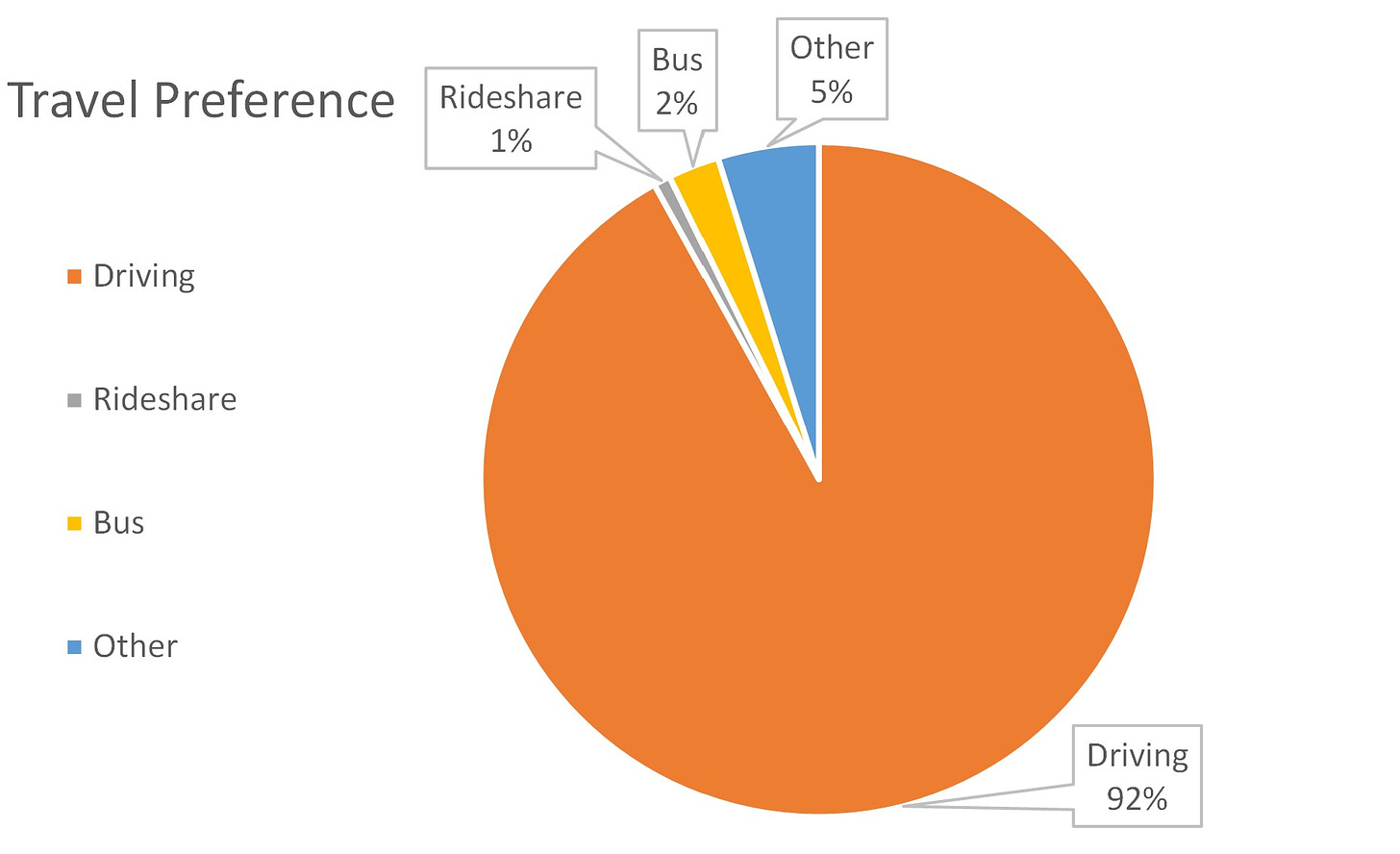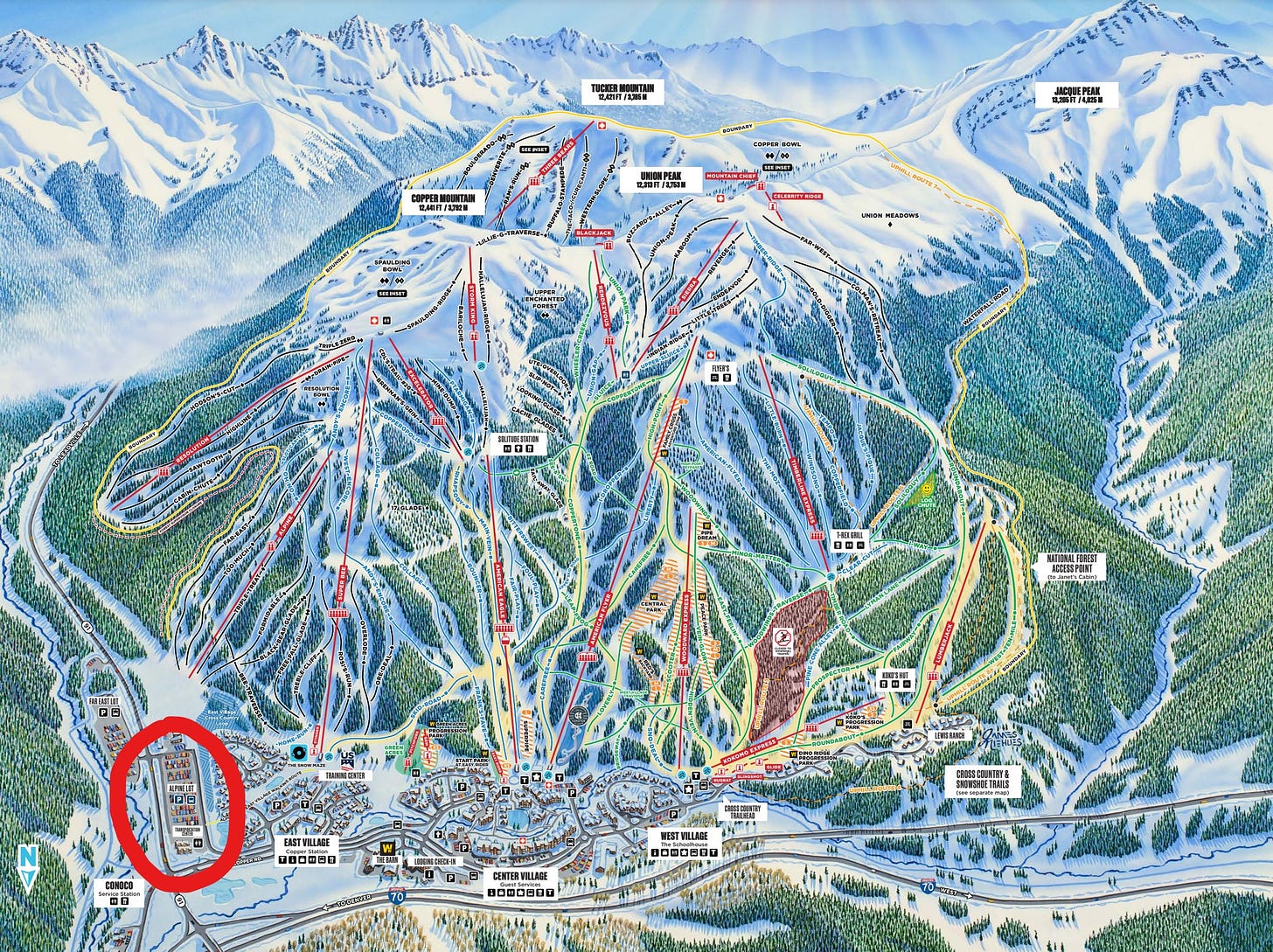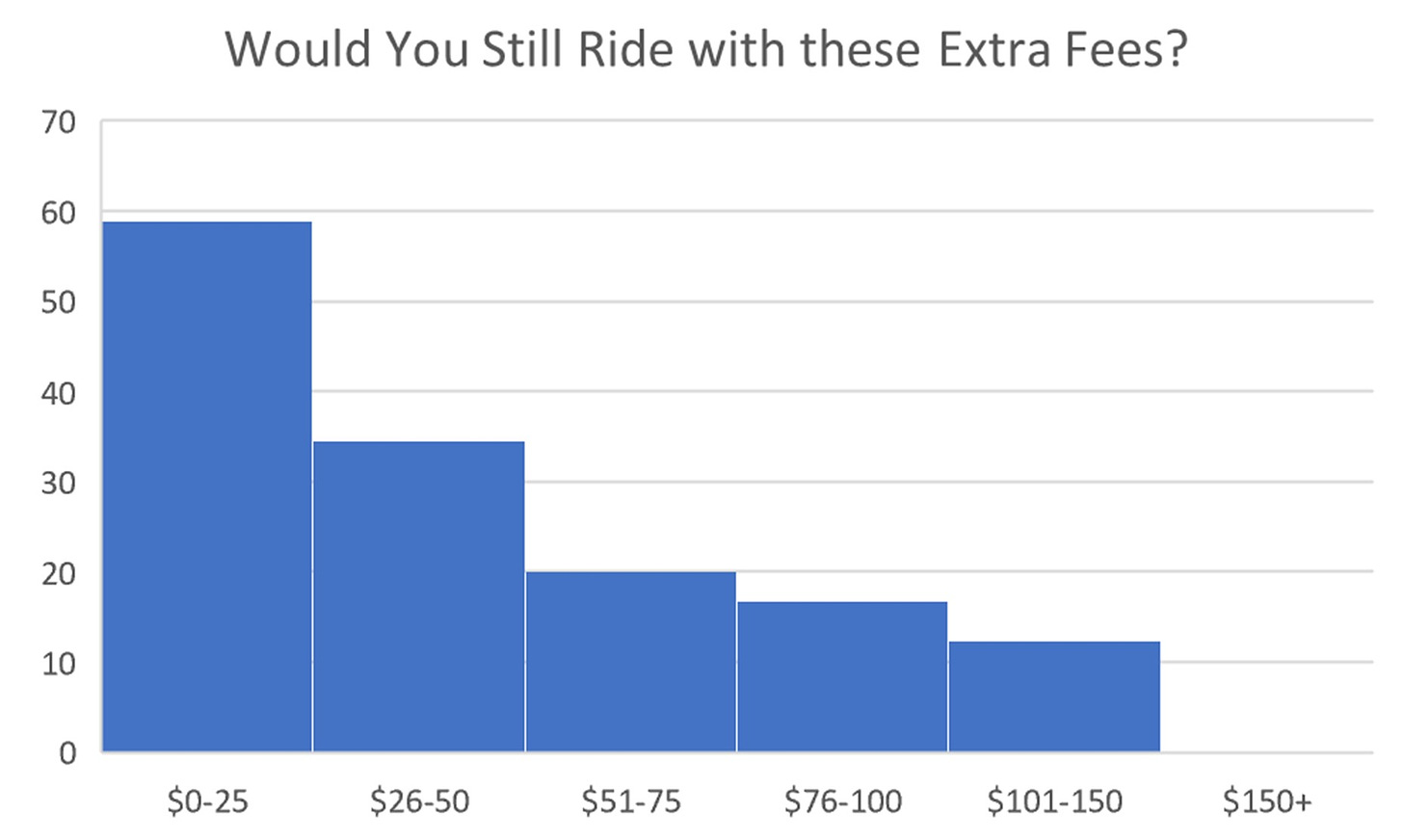The Ski Season is Over; We May Never See Another Like it
Resorts are at a crossroads, and must start to make difficult choices to mitigate crowds without scaring away their customers.
The year is 2030, and the flakes are flying. You shoot our a flurry of texts to rally your riding buddies, but none of them can sneak away from work to enjoy the powder laps.
You scroll through the snow reports at the closest local resorts you’re allowed to use on your thousand dollar mega pass, and try to make a timed entry reservation. Your favorite hill is booked solid, but you manage to grab a spot at your third choice. It’s for half past noon — five hours from now — but that’s how long it takes to get through mountain traffic anyway.
A reminder on your phone flashes: REDUCE YOUR CARBON FOOTPRINT, TAKE THE BUS. Too bad the shuttle station is 45 minutes in the opposite direction.
You grab your gear and hit the road.
The highway is a nightmare. Some out-of-state driver took a turn on the slippery mountain pass at full speed and wrecked. No one is hurt, but traffic is down to just one lane. You finally drive past their overturned Kia Soul and notice it has an ironic vanity license plate.
“SN0 WAY.”
Nice.
You roll up just in time for your entry permit. A parking lot attendant waves you over.
“Any passengers?” He asks, sticking his head inside your car. When you shake your head, he thrusts a credit card reader into your face. “Then you gotta pay the Pow Tax.”
You explain you already have a very expensive annual pass. But it turns out you forgot to renew your the Powder Access+ subscription, so you owe extra for coming on a snow day.
Bummer.
You’re annoyed, but you’ve already spent hours in traffic, so you swipe your card and drive on in.
You don’t have an electric vehicle, so the front lot by the chairlift is off limits. So is the carpool lot behind it, and the handicapped parking behind that.
You head for overflow parking, but realize it’s gone! In its place, the resort has erected a massive tenement — erm, sorry, dormitory — to solve the employee housing crisis. A sign out front reads: “Vacation at our historic Sno-Slum (TM) for just $300/night!” Yet another vacation rental property.
Past the monolithic eyesore, you come to the back lot. It’s more of a packed-down clearing in the forest. This is the real employee housing, where lifties live out of cars and lumpy igloos. One of the snow hovels has a “for rent” sign out front.
You squeeze your ride between a truck bed camper older than your father, and a Subaru forester that’s begun to merge with a snowdrift.
You strap on your gear and start your 20 minute walk to the chairlift, where a long line is already growing out of control.
“Fifty bucks to cut to the front?” The liftie asks you, holding out another credit card reader.
“This makes perfect sense,” you agree, swiping your Visa and shuffling up to the loading gate.
Your reward is a trail packed so tight, you’re bumping elbows at every turn; knocking your knees as you cut through the chopped up chunder left behind by the morning powder hounds.
The stoke is low.
That Future Winter of Our Discontent is Coming
The ski industry is ever-expanding. Stuart Winchester over at the Storm Skiing Journal has been talking about the record-breaking droves of riders taking to the slopes over on Substack Notes.
Resorts are grappling with ever-increasing crowds, and trying different solutions to deal with the problem.
Last November, for example, I reported Eldora would be charging solo-riders an extra $10 to park on weekends, holidays, and powder days.1 To its credit, Eldora has also worked to reward carpool riders with special parking, and secured bussing vouchers up from Boulder.
For some riders though, taking the bus would mean a long trip out of their way. And not all drivers have friends to carpool with.
Base Camp News conducted an independent, informal survey to feel out how this community enjoys its sport, and how big an impact these crowd-combatting solutions would have.
The data showed more than 90% of riders drive to the mountain. A third of those drivers travel solo.
That’s a lot of guests owing the Pow Tax.
In Eldora’s defense, the local government may have forced its hand. Marketing director Sam Bass explained these terms were part of the deal with Boulder County, in order to get permission to expand the ski area parking lot. I’ve reached out to Boulder County for comment to confirm this independently, and have not heard back.
If this was only happening at Eldora, the problem would be easier to write off. For anyone unfamiliar with the mountain: they’ve always had a bit of a tricky parking situation.
But then, a bit deeper into the season, Copper Mountain asked Summit County for permission to charge for paid parking in its Alpine Lot. We’re talking about the area circled in red in the bottom left corner.
The Alpine Lot has traditionally be one of the only free parking options at Copper. From there: you take a bus to one of the resort’s 3 base area villages.
I reached out to Copper directly to try and confirm or dispel rumors that they would be charging for parking next season.
“At this time we do not have plans in place to start charging for parking in the Alpine lot. Having the option to charge for parking in Alpine Lot is a necessary tool to better control the flow of traffic and encourage efficiency in and out of our resort. To maximize efficient travel to and from the mountain, Copper continues to encourage guests to carpool and utilize alternative modes of public transportation including the Summit Stage and Snowstang. With this approval in place, we will, in the coming months, work to assemble a detailed plan for paid parking in the Alpine lot.”
— Olivia Burtymovich, Copper Mountain Communications Coordinator.
Make of that what you will. But I’d bet on seeing some form of paid parking spread to the Alpine lot in the future. I highlight these examples because I think they represent a huge trend shift for the ski industry.
Part of the appeal behind an unlimited pass — such as Ikon, Epic, or Mountain Collective — is the ease of access. I can drive to Winter Park, pull into the Corona lot, and just walk out onto the trail to start riding. I never have to go into a lodge or buy tickets. No money changes hands. I don’t even have to show my pass as long as I keep it in my pocket.
I enjoyed that no-frills approach. Casual mountain access made the sport much more approachable, and easier to engage with. How much longer will this exist?
For many, this may become less about convenience, and more about cost.
Take a look at the profile of the riders we surveyed:
A third of these riders tend to go 40 or more times per season.2 The super-majority goes more than 20 days per season. A few bucks here and there for parking adds up quickly over time. Even if it's just 10 dollars, that's an extra $200 over the course of just a couple months... on top of the expensive season pass or tickets.
What’s more: 89.5% of these drivers currently pay nothing to park, and it doesn’t take much of an increase to convince them to look elsewhere.
This graph below shows how quickly prospective visitors abandon their trips when asked to pony up for add-ons and additional fees.
In this graph, the bar represents the percentage of riders who would still tolerate the corresponding fee hike. I.e.: more tha 50% would (begrudgingly) put up with a $25 dollar increase. But only around a third of all riders would put up with anything more than that.
By the way, if you’d like to see the data methodology I used to draw these conclusions, you can do so down below.3
Perhaps sensing the discontent, other ski resorts have opted for different approaches to tackle the growing crowd problem. Take Arapahoe Basin for example. They’ve decided to:
Sell a finite number of season passes
Sell a finite amount of day passes online
End the sale of walk-up lift tickets
Make the Early Riser lot carpool/EV only
This model is probably the least offensive to me, because they’re offering you a bonus instead of a punishment. The Early Riser lot always fills up fast. If you’re not using it to arrive early and tailgate the beach, you’re kinda doing it wrong.
But I digress.
Virtually ever Vail-owned resort also operates this way too, except there are no limits to the amount of Epic passes sold.
“We’re in the twilight of a skiing golden age. The time of being able to ski wherever, whenever, with a convenient pass may soon be a memory.”
So where do we go from here? Do these numbers and trends actually matter?
I’d argue unfortunately, they don’t.
Despite protestations to the contrary, I suspect riders will continue to put up with these extra hoops, hassles and fees. I can’t tell you how many times I’ve been sitting in hours-long traffic jams ready to rage-quit the sport, only to be right back in the lift line less than a week later.
Even if you personally won’t stand for this: a long line of people behind you will. I could make an appeal to the ski industry at large, but it would probably fall on deaf ears.
Here’s the black pill: dedicated riders aren’t the ideal demographic for the big companies. Die-hards typically aren’t big spenders after they lock in the season pass. These companies make the real money on this demographic up front. But you still take up space on the lifts and trails.
Their perfect customer?
Skis once a year on a weeklong vacation
Buys a pass for everyone in their family, even though they’ll only use it a handful of times
Stays in an on-site hotel
Consumes plenty of resort food and beverages
Leaves the mountain clear for other tourists the rest of the season
But there is hope.
I’d argue we’re in the twilight of a skiing golden age. The time of being able to ski wherever, whenever, with a convenient pass may soon be a memory. Not because the passes are going anywhere, but because the large resort network itself will become inconvenient to use.
It’s not unlike how some Airbnb rentals have gone from affordable hotel alternatives, to expensive hotel stays plus chores; or how cord cutting led to web of streaming services that rival the original cost of cable.
We’ve come full circle; the real adventure was the friends we shredded with along the way; yada yada.
That’s okay.
I see local, unaffiliated hills4 gaining even more importance in building ski and snowboarding culture. Here, you'll find the practices, people, and organizations that truly care about the community, and by extension, the longevity of the sport.
I grew up having a local favorite that I considered my home away from home. And I believe the real future of no-hassle skiing will take place there.
But what do you think? I’d love to hear your take on the transformation of the ski industry, whether I’m completely off base, or just how you personally manage to fight the crowds and extra fees.
And if you’re reading Cole’s Climb for the first time, welcome! Consider subscribing down below for more original reporting on issues impacting the outdoor community!
Defined as days where the resort received more than 10 inches of snow.
I say “these riders,” not “all riders” because of the data methodology I used to conduct the survey. Much of my data comes from a placement in the Storm Skiing Journal (Big thanks to Stuart for his help.) That means I’m assuming there is an over-sampling in my data pool of serious, dedicated skiers and snowboarders.
This is great, because I wanted to hear from this group of more dedicated athletes about their sport. But it does mean we have a sampling bias. I feel comfortable extrapolating on some of the data here — i.e. parking and travel information — but I don’t think use levels are really indicative of the broader population. I’d be shocked if 1/5 of all skiers was actually clocking a 50+ day season.
The actual question I asked here was: “If there was a new, unexpected cost associated with your trip to your chosen ski area: what additional amount would you have to reconsider your trip?”
The reason I couldn’t just come right out and ask “Would a $10 parking fee be a deal-breaker for you?” is because there’s a good chance this will lead to something called a protest response. Basically, survey takers sometimes get the feeling their answers will be used to justify certain policy changes; so they might not give a totally truthful answer.
I say this affectionately. Some of these local, unaffiliated mountains are among the best in their regions








Agree with you almost completely. I'm 80 years old and ski'd Loveland, A Basin in1966. I think of the smaller places as "local" areas. They don't have to have a lot of amenities because we came to board of ski. I think the big areas are supporters of this model. I often think those areas that closed in the 70's ad 80's (Geneva, Pikes Peak, Hidden Valley, Berthoud, etc.) would survive today. I think it's fine this way.
The Epic Pass was an invention born of really shitty ski seasons in 2005-07 and then when the economy melted in ‘08/‘09. I think the first true Epic frontrange pass was 2008.
International travelers (and Texans) have perennially filled that perfect customer role you pointed out. Come once a year with the whole fam damily and spend a buttload. They’ve never made money on avid front range skiers, but it has sustained them during down years. I seem to remember the price of the first year at $350?
I had a full Vail merchant pass for 10 years back in the 90s and it was glorious. That was back when you could still say “skiing is cheaper than golf.” Not so much anymore.